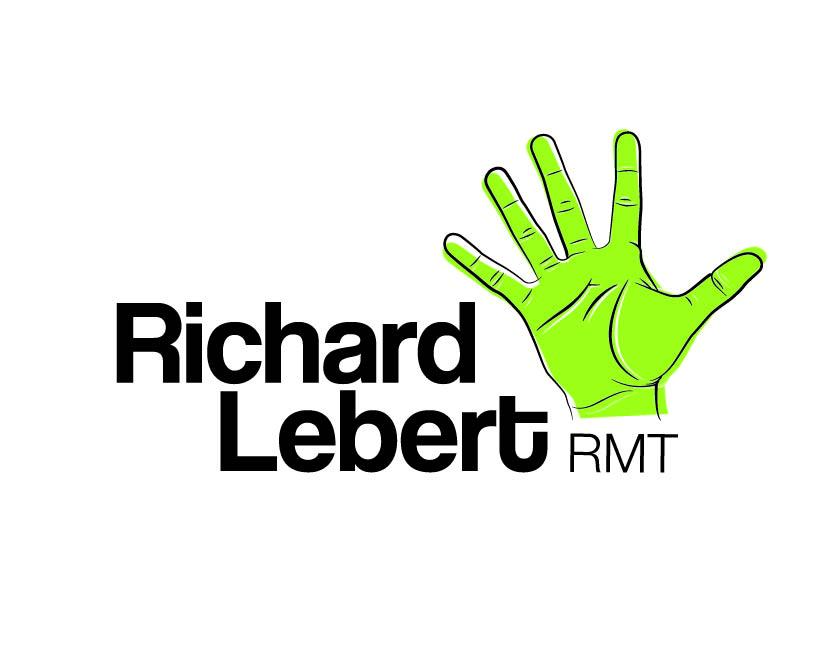What is Myofascial Release?
/There is evidence that myofascial release is an effective technique for a number of injuries. However, when it comes to anything fascia related the professional community is divided. For most massage therapist scientific literature can be hard to access and time consuming to stay current with so, with some of the research and reading I've done, I wanted to dispel myths and simplify research.
Read More






